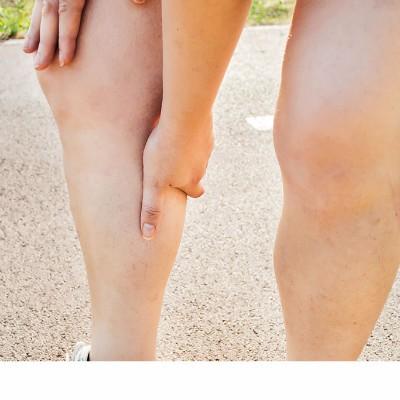Symptoms of endometrial carcinoma in the elderly
summary
Endometrial cancer in the elderly is a group of epithelial malignant tumors occurring in the endometrium, which often occurs in perimenopausal and postmenopausal women. Endometrial cancer is one of the most common female reproductive system tumors, with nearly 200000 new cases every year, and is the third most common gynecological malignant tumor (after ovarian cancer and cervical cancer). The incidence rate is closely related to the lifestyle. The incidence rate is different in different regions. In North America and Europe, the incidence is second only to breast cancer, lung cancer, colorectal cancer, and the highest in the female reproductive system cancer. In China, with the development of society and the improvement of economic conditions, the incidence rate of endometrial cancer has also increased year by year. It is next only to cervical cancer, ranking second in the female reproductive system malignant tumors. Let's talk about the symptoms of endometrial cancer in the elderly
Symptoms of endometrial carcinoma in the elderly
1. Bleeding irregular vaginal bleeding is the main symptom of endometrial cancer, often a small to moderate amount of bleeding. In young women or perimenopausal women, it is often mistaken for irregular menstruation and ignored. In postmenopausal women, continuous or intermittent vaginal bleeding is common. Some patients only show a small amount of vaginal bloody secretion after menopause. Late stage patients may be mixed with rotten meat like tissue in bleeding.

2. Pain cancer focus and its bleeding or infection can stimulate uterine contraction and cause paroxysmal lower abdominal pain. In postmenopausal women, because of cervical stenosis, the drainage of uterine secretions is not smooth, and secondary infection leads to empyema in the uterine cavity. Patients may have severe lower abdominal pain with fever. In the advanced stage, when the cancer infiltrates through the whole layer of the uterus, or invades the parauterine connective tissue, paracervical ligament, bladder, intestinal tract, or infiltrates and compresses the pelvic wall tissue or nerve, it can cause persistent and gradually aggravating pain, accompanied by lumbosacral pain or radiation to the ipsilateral lower limb.

3. Vaginal discharge some patients have different degrees of vaginal discharge. In the early stage, it can show thin white secretion or a small amount of bloody leucorrhea. If combined with infection or tumor necrosis, it can have purulent secretion with peculiar smell. Sometimes vaginal discharge may be accompanied by tissue like substances.

matters needing attention
Because the etiology of endometrial cancer in the elderly is not clear, it can not be prevented at present. Therefore, the focus should be on early detection and early treatment. For postmenopausal bleeding and menopausal menstrual disorder, the possibility of endometrial cancer should be excluded. For young women with menstrual disorder, B-ultrasound and endometrial examination should be performed in time. We should pay attention to the precancerous lesions of endometrial cancer. For those who have been confirmed to have precancerous lesions such as endometrial atypical hyperplasia, total hysterectomy should be performed according to the patient's condition. Those who have fertility requirements should be given large dose of progesterone treatment in time and the condition change should be monitored. We should change our habits, control diet and exercise, reduce the incidence rate of endometrial cancer by controlling the occurrence of "rich diseases" such as hypertension, diabetes and obesity.











